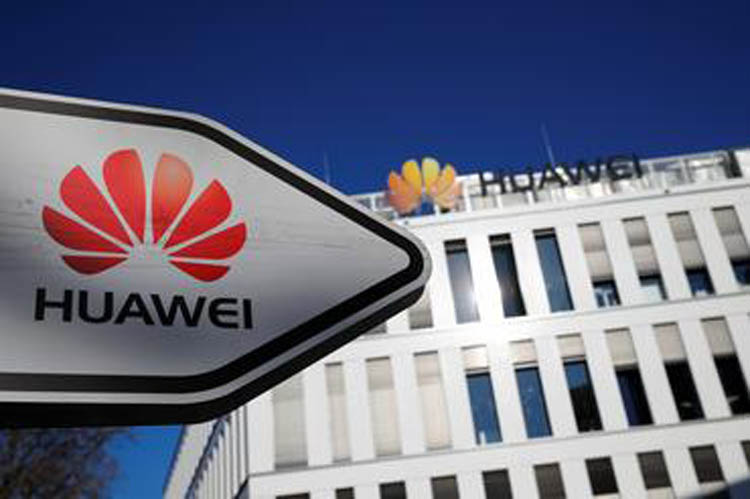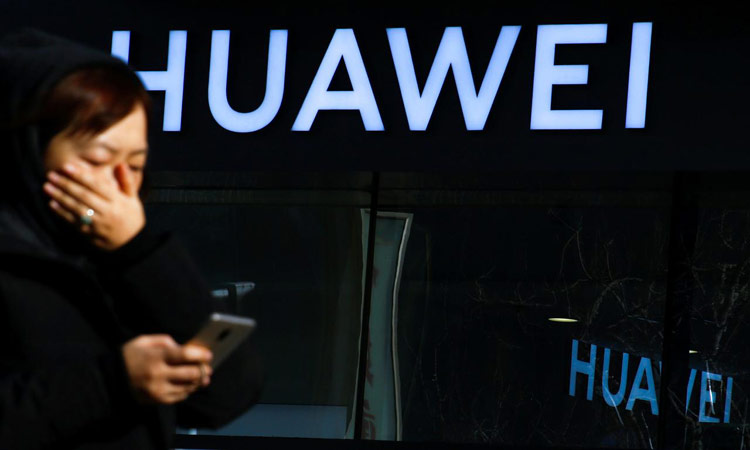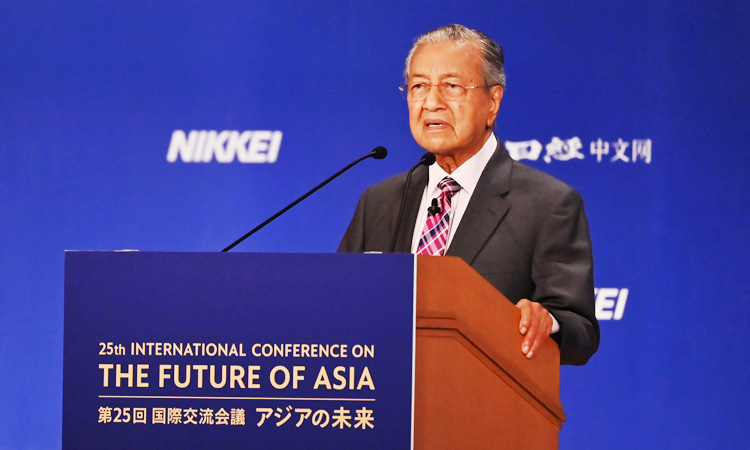China chip industry insiders voice caution on catch-up efforts

Chip industry officials outside China say the country is making good progress in some areas. Reuters
But industry insiders are less optimistic that Chinese chip makers can quickly meet the challenge of supplying all the needs of Huawei and other domestic technology firms.
The prospectuses of Chinese chip companies preparing to list on a new tech-focussed stock exchange are blunt, characterizing the domestic industry as “relatively backward”, lacking in talent and requiring “a long time to catch up”.
Chinese chip engineers tell tales of local manufacturing that just is not up to snuff, while analysts point out the many areas where China remains reliant on technology from the United States, Taiwan, South Korea, Japan and Europe, with some questioning whether government policies are in the right place.
“Compared to the constraints of equipment, materials, or talent, I think what China lacks more is understanding of the industry,” says Gu Wenjun, chief analyst at Shanghai-based consultancy ICWise. He called some of the government subsidies for the industry “counter-productive”, because too many well-funded ventures end up chasing the same talent. Government appeals to patriotism also go only so far.
A former top engineer the Chinese chip design firm Unisoc, a unit of Tsinghua Unigroup told Reuters the company was often encouraged to use a sister company’s memory chips. But that firm, called Guoxin, could not offer technology that was advanced enough.
“The internal speeches that were given were always ‘Please look at Guoxin because we do want to support the Chinese supply chain’,” said the engineer. “But we never got anything we could use.” The companies did not respond to requests for comment.
Chip industry officials outside China caution that the country is making good progress in some areas and should not be under-estimated. For a key type of memory chip known as NAND, for example, Chinese firms are closing the gap.
“Money is not an issue for the Chinese government,” says one executive at a South Korean memory chip maker who declined to be named, acknowledging China’s progress in NAND, or flash chips, which provide long-term data storage. “We cannot stop the Chinese companies, it is a free competition, but we believe we have better technology and a better product.” One of China’s biggest challenges, however, is in chip manufacturing, an exacting process that requires both highly specialized tools and many years of experience to master.
A May report from China’s Everbright Securities identified one aspect of the problem.
“The manufacturing process relies on equipment, and US firms such as AMAT, LAM, KLA and Teradyne have very high market share in many niche markets,” Everbright wrote. “There is no production line in China that uses only equipment made in China, so it is very difficult to make any chipsets without US equipment.” Even when Chinese chip makers do have gear from the top chip equipment firms in the United States, Japan and Europe, they cannot always take full advantage.
One former engineer at Semiconductor Manufacturing International Corp. (SMIC), China’s leading chip production firm, said the equipment vendors often had non-disclosure agreements (NDAs) with Taiwan Semiconductor Manufacturing Corp. (TSMC), the world leader in chip-making.
The manufacturing process for advanced chips requires a lot of fine-tuning, and the NDAs covered the crucial tips and tricks on how to best use the machinery and achieve the necessary levels of “yield”, or the number of working chips in each batch.
“Equipment vendors are all under NDA with TSMC,” says the engineer. “If SMIC asks a vendor for instructions, the vendor will only disclose very basic information about the instructions, just to show good faith,” he says.
A TSMC spokeswoman said: “TSMC has always been diligent in protecting our trade secrets, including signing NDAs with our counterparts.” Industry experts say SMIC is consistently about two generations behind TSMC, even with up-to-date equipment. While TSMC was launching chips with circuit widths of just 7 nanometers in 2018, SMIC is only now readying production of 14 nanometer chips — which was state-of-the-art in 2014. Huawei uses TSMC for most of its advanced chipset manufacturing demand and SMIC for low-end products. A former Huawei employee said the company chose TSMC to make its server chips over SMIC because HiSilicon, its semiconductor arm, designed the chip with 7 nanometer technology. Re-designing for SMIC’s capabilities was possible, but would result in an inferior chip.
Reuters







